It's not about devices. It's about applications.
What is Software Defined Networking?
The key characteristic that seems to unite all definitions of SDN is that it represents a shift from traditional networking, where control of the network happens at the individual device. Simplify your networks while gaining more control, replacing it with a centralized model, where control of the entire network rests with a single server, which is appropriately known as a “controller.”
What Myths Surround SDN?
Many myths surround software defined networking, such as:
- SDN is really just about reducing capital expenditures
- SDN is only meaningful for large data driven data centers
- SDN will be an IT job killer
What are the Benefits of SDN?
SDN has value driven benefits that reach even farther than agility and speed. Some of those benefits include shared resource pooling, server consolidation anywhere, and achieving an availability rate of 99.999%. Read our tech brief, “5 Game Changing Advantages of Software Defined Computing,” to learn about these benefits and more.
What are the Challenges of SDN-based Security?
Some challenges of SDN based security include the severe impact of misconfigurations and the fact that everything is controlled from a single system can make for more targeted attacks from hackers. Read our tech brief, “Security and the SDN Environment – Benefits and Challenges,” to learn more about overcoming security based challenges that come with being software defined.
What are the Benefits of SDN-based Security?
Being software defined extends many benefits to organizations’ enterprise security strategies. Some of those key benefits include reducing human error, improving visibility, and alleviating the workload so that IT security personnel can focus more on strategy than constant maintenance.
What is the Role of Advanced Analytics in SDN?
Just as big data doesn’t require dedicated data analysts to query the data, SDN doesn’t require network administrators to conduct packet sniffing sessions to examine traffic patterns over an elongated period in order to identify trends that will drive future decision making. For SDN, advanced analytics performs these actions in real time.
Why is SDN Important?
Software defined networking is a crucial part of organizations today. Some of the biggest drivers of adopting SDN technologies include the consumerization of IT, cloud computing, changing traffic patterns, and big data.
Which SDN solutions are leading the way?
The more prominent software defined networking solutions include VMware NSX and Cisco ACI, and WEI has extensive experience deploying these solutions in a production environment. One important thing to note—VMware NSX and Cisco ACI are NOT mutually exclusive. In fact we've deployed them both for the same customer. Ask us about the use cases where each solution excels, or take glance at our tech brief, “Choosing the Right SDN Solution for Your Business.”
Is Cisco ACI an SDN Technology?
Cisco ACI was developed not as a competitor to SDN, but as a catalyst to help promote the adoption of SDN throughout the IT industry: in essence, as an enabler of the SDN vision. Although some in the industry claim that Cisco ACI is not SDN, assessing Cisco ACI shows that it does indeed meet the requirements of SDN.
How WEI can Help
WEI has partnerships with the power house SDN providers, and have been intrinsically following the evolution of these SDN solutions. Our network architects will work with you to determine which solution is the best choice for your needs. Contact us by filling out the form or clicking below.
Sources:
1.) IDG Research commissioned by WEI. February 23, 2016.
2.) IDG Research commissioned by WEI. November 28, 2017.








